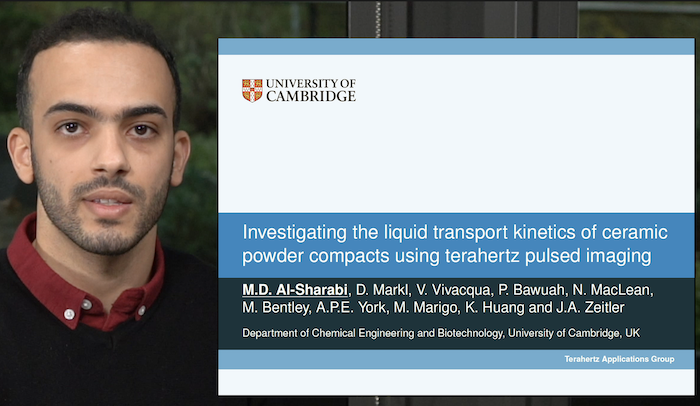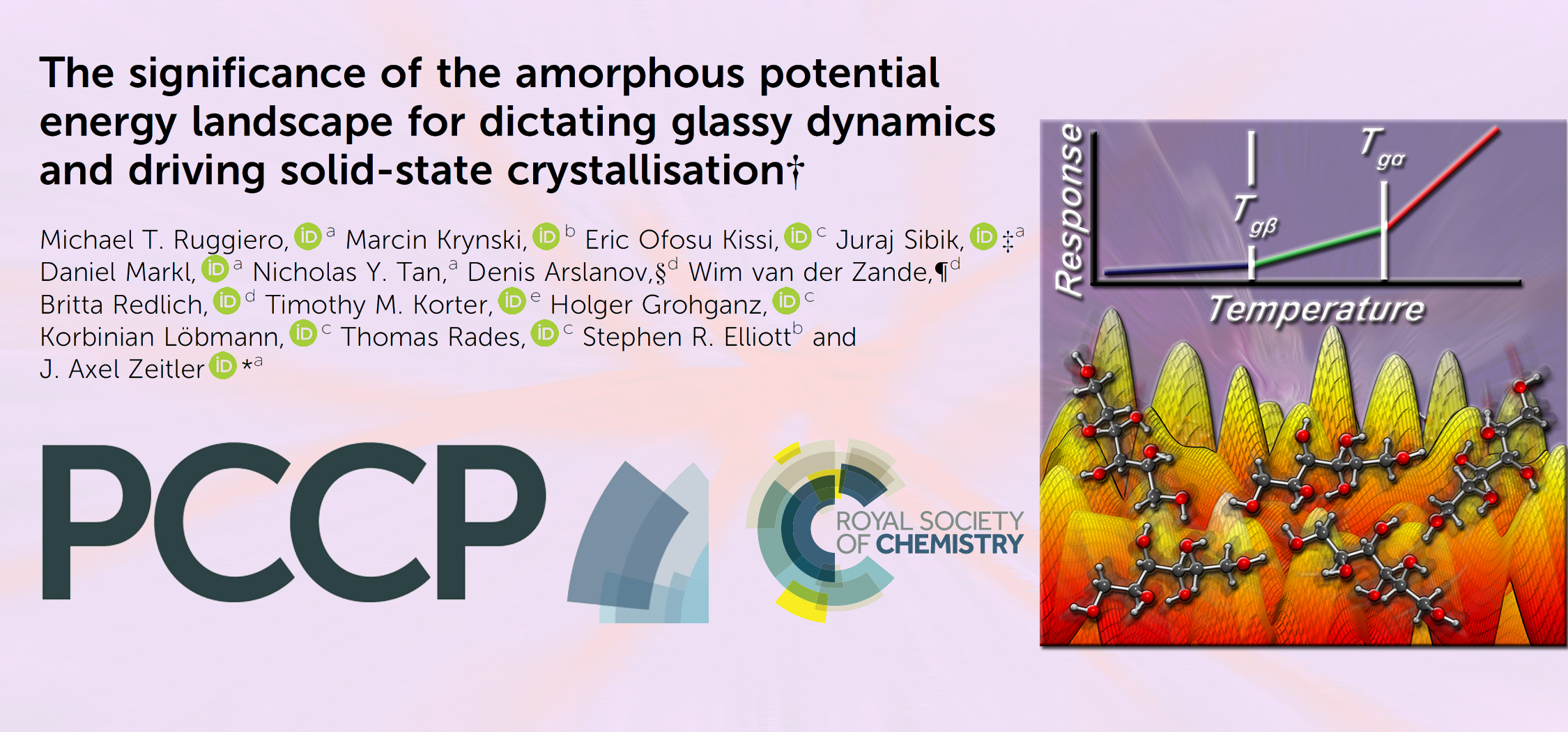Recent Advances from the Terahertz Applications Group
The Terahertz Applications Group at the University of Cambridge stands at the forefront of exploring a fascinating and uniquely informative part of the light spectrum: terahertz (THz) radiation. Often referred to as terahertz radiation, this radiation occupies the space between microwaves and infrared light. Terahertz radiation possesses a remarkable combination of properties – it can penetrate many common materials like plastics, paper, clothing, and powders without causing the damage associated with X-rays, yet they are highly sensitive to the presence of water and subtle variations in a material's internal structure. This unique characteristic makes THz technology an exceptionally powerful tool for non-invasive inspection and analysis, allowing scientists to 'see inside' materials in ways previously impossible. The group harnesses the power of THz science to address significant challenges, primarily focusing on improving the development, manufacturing, and understanding of pharmaceutical products, while also delving into the fundamental properties of diverse materials.
Over the past five years, the Terahertz Applications Group has achieved substantial progress in refining THz measurement techniques and applying them to unravel complex processes. Their research sheds light on critical questions, from the detailed mechanics of how medicines dissolve and release their active ingredients within the body to the fundamental behaviour of materials at the molecular level. The group's success stems from skillfully matching the distinctive physics of THz radiation – its ability to pass through packaging and coatings, its sensitivity to water, and its capacity to distinguish different physical forms like crystal structures – to specific analytical needs where conventional methods may be insufficient or destructive. This strategic application positions the group not only as experts in THz physics but as innovators creating practical THz solutions for pressing scientific and industrial problems.
Visit here for a summary highlighting the key breakthroughs and thematic advancements emerging from their recent publications.





